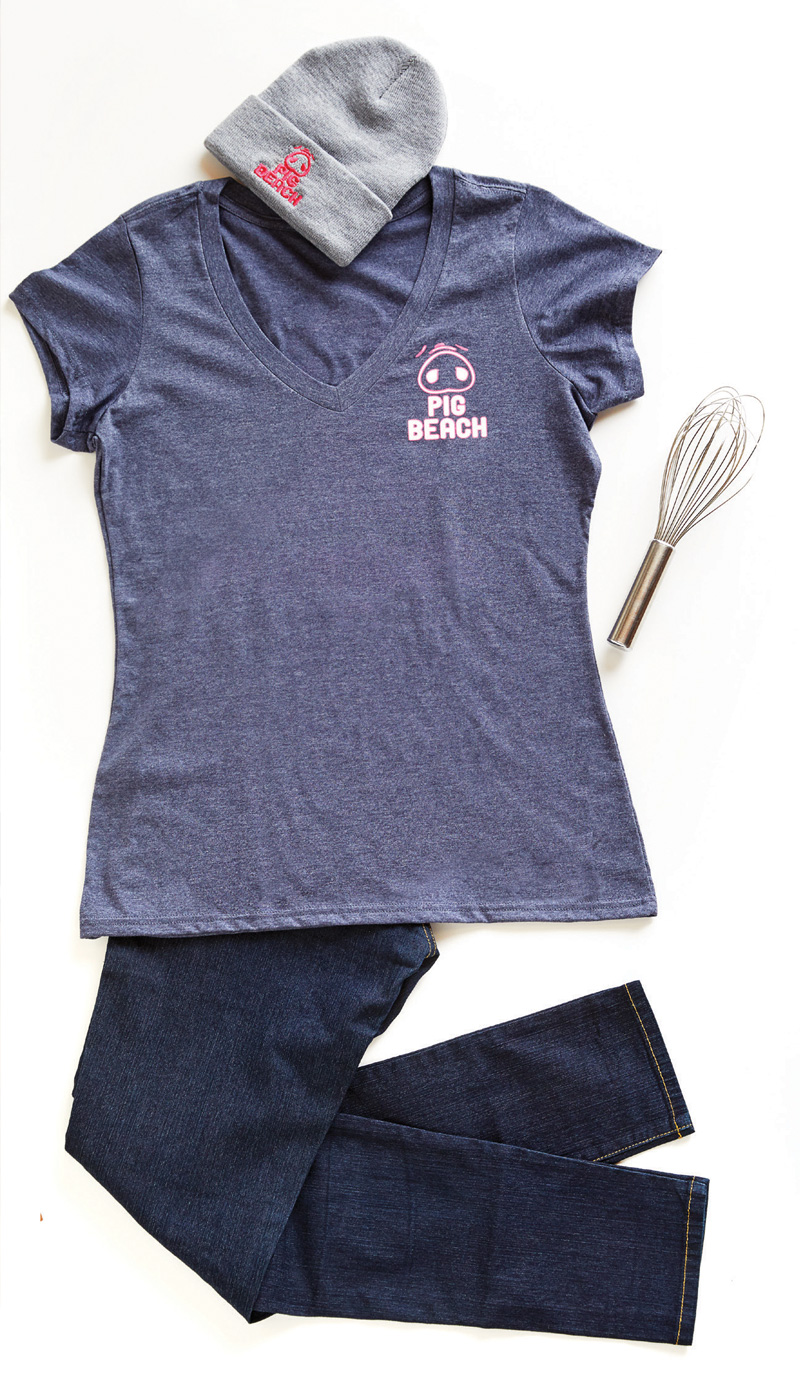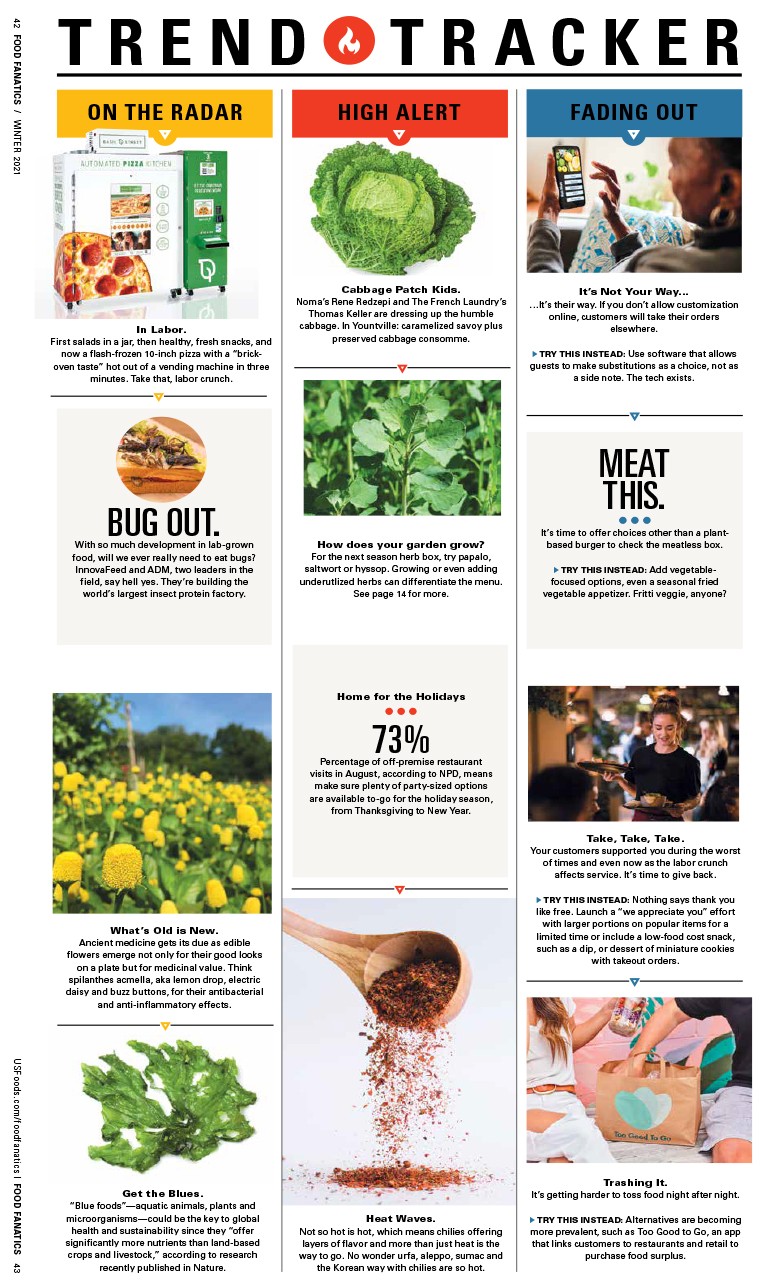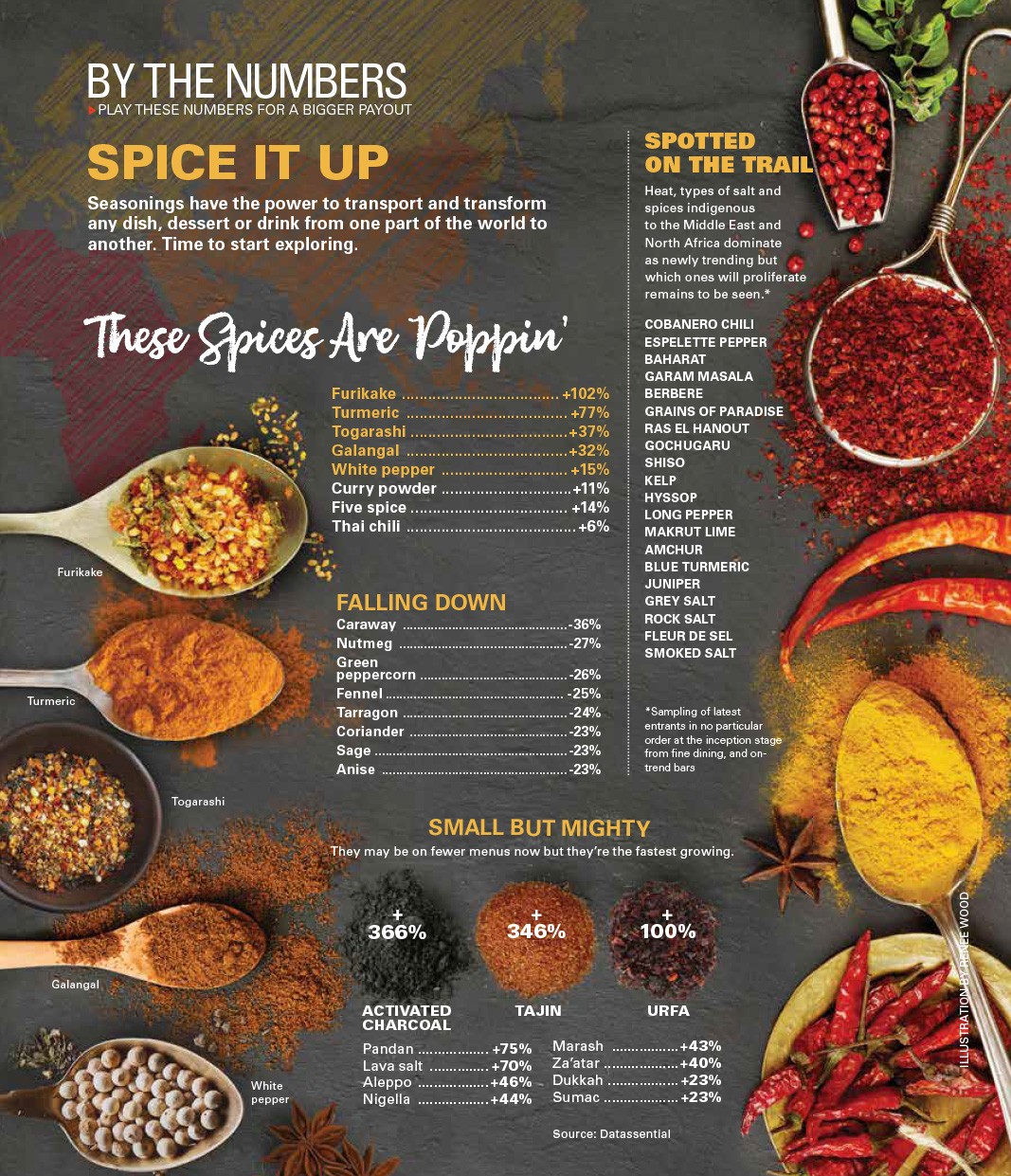Reinforce Your Restaurant’s Identity with Staff Uniforms
Still view staff uniforms as little more than a budget line item? Get over it. Dressing your staff in the right duds is one of the simplest and most effective ways to reinforce your restaurant’s identity and improve employee morale.
“Uniforms play an important role in how a customer perceives your brand,” says Amy Dennis, owner and creative director of Nice Branding Agency in Nashville, Tennessee. “Each team member serves as a walking billboard, and it’s crucial you use that opportunity wisely to communicate your message.”

Practically speaking, spiffy uniforms project a tidy and cohesive look, while ensuring your staff can do their jobs confidently and comfortably. But there’s no getting around another truth: Uniforms deliver an incredibly important first impression about your establishment.
“Staff attire must be integrated seamlessly with the brand, which will help create a connection and brand affinity with guests,” says Dennis.
Here are some fashionable strategies to help ensure your employees will dress to impress.
DRESS THE PART
Operators interested in expansion shouldn’t underestimate how important uniforms are in differentiating new concepts from established ones.
Located just 6 miles from each other, Chef-Partner Matt Abdoo’s two New York City restaurants – Pig Bleecker and Pig Beach – couldn’t be more different. Where Pig Bleecker leans toward fine-casual dining, Pig Beach is an ode to down-home barbecue. In order to endow each with a unique look, Abdoo made sure his uniforms highlighted each spot’s distinctive personality.
Pig Bleecker reflects the studied hipness of its Greenwich Village neighborhood, where the front-of-the-house staff dons button-down denim shirts, dark jeans and denim butcher-style aprons. It’s a polished, monochromatic look that marries ultra-clean style with comfortable functionality – including lots of pockets that allow servers to tuck away check presenters, wine openers, notebooks and pens without impeding their work.
“When (guests) are paying a higher price point, they expect staff to look a little cleaner, a little tighter,” Abdoo says. “Suits wouldn’t correlate to the area or to what we’re about. This look does.”
At Pig Beach, a large indoor-outdoor space that blends the joie de vivre of a backyard summer party with the feel of an authentic barbecue joint, the aim was to signal a more laid-back vibe. Contrary to Pig Bleecker, here the waitstaff don T-shirts emblazoned with illustrations of a pig’s snout – Pig Beach’s logo – and everything from baseball caps and visors during the summer months to knit hats when it’s cold. Bartenders wear logoed T-shirts and golf shirts that are available for sale at the restaurant.
“Bartenders can jazz up (their uniforms) as they will,” Abdoo says, adding that many of them fringe hems or cut up shirts and creatively sew them back together so they can individualize their look. After all, a happy staff is a productive staff.
YOU ARE WHAT YOUR SERVERS WEAR
Buying less-expensive shirts, aprons or equipment may seem like a place to cut corners, but Dennis says those upfront savings are often outweighed by burdensome replacement costs and a dip in morale.
“Your team members are living, breathing models of your brand, so you want their look to align with how you want customers to feel about your restaurant,” says Dennis.
Composition and construction are key considerations. The fabric, whether it’s cotton, synthetic or a blend, should be soft and fluid rather than rigid. Look for breathable attire that holds its color through repeated laundering and resists pilling and chaffing. Double-stitched seams are a bonus at stress points around the shoulders and arms.
As with all vendors, look for uniform suppliers who have a history of being trusted and reliable business partners. “It’s a relationship you want to create and develop,” Abdoo says.
CLOTHES ENCOUNTERS
Stylish uniforms can play a role in recruiting and retaining staff. Consider, for example, McDonald’s hiring Los Angeles-based fashion designer Waraire Boswell to spiff up its brand image. Years ago, Boswell worked at a McDonald’s in California, but didn’t much like his Mickey D’s duds.
“When I worked there, I always brought a second pair of clothes to wear when I left; something that transitioned to my life,” he says.
When tapped by McDonald’s, Boswell designed professional yet street-ready uniforms that employees could continue wearing after they clocked out. His modern yet minimalist WARAIRE line, made available to McDonald’s U.S. franchises last spring, leans on a gray color palette to help “hide” spilled soda stains and burger smudges. But more importantly, it conveys a “street-cool” vibe.
Boswell says it’s important to create a look that’s flattering to different sizes and body types, as well as to create a dialogue with customers and employees alike. But in the end, it’s absolutely vital to zero-in on the central message that your uniforms are communicating to the public. Are your sartorial choices truly reflective of your brand identity?
“McDonald’s aims to be America’s best first job,” says Boswell. “I had to make sure the uniforms say that.”



